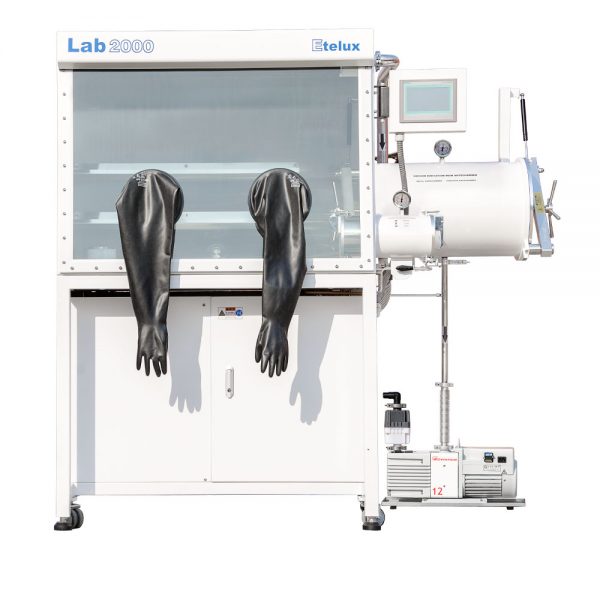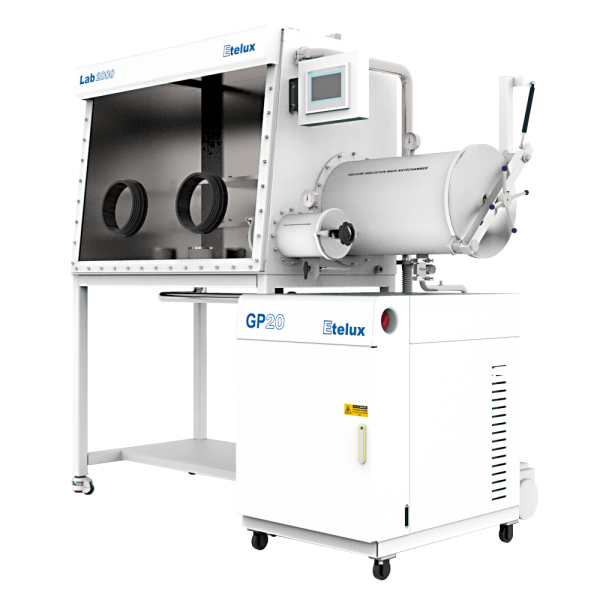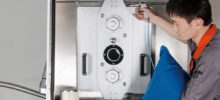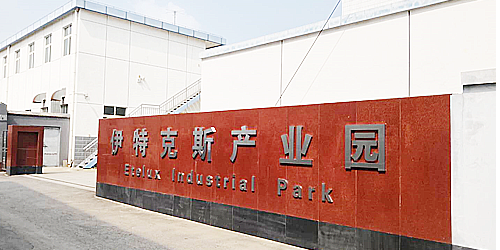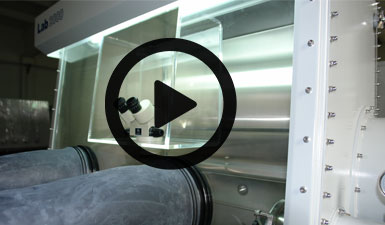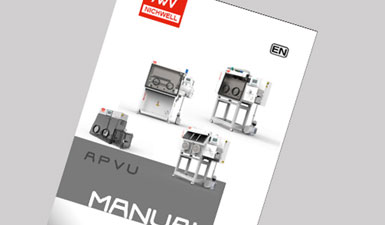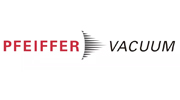KF25 bellows, as an important part of glove box fittings, is a connection component designed for high vacuum and ultra-high vacuum environments, which is widely used in scientific research, semiconductors, photovoltaics, solar energy and many other high-tech fields. It not only plays the role of gas transmission channel, but also assumes the functions of maintaining system vacuum, reducing vibration transmission, and adapting to minor equipment displacement. The following is a detailed introduction to KF25 bellows, covering its material, structure, function, application and selection points for reference.
1、Material and structure
KF25 bellows is usually made of 304 or 316 stainless steel, which are widely used for their excellent corrosion resistance, high strength and good vacuum performance. Of these, 304 stainless steel is a common austenitic stainless steel suitable for most non-corrosive environments, while 316 stainless steel has the addition of molybdenum to further improve corrosion resistance, making it particularly suitable for use in environments where chlorides or other corrosive media are present. The core feature of bellows is its unique wavy structure, a design that allows the wall to undergo a certain amount of flexural deformation in both the axial and radial directions without compromising its sealing performance. This flexural design allows the bellows to accommodate small deviations between pipes during installation, and effectively absorbs vibrations generated during equipment operation, protecting precision instruments from damage.
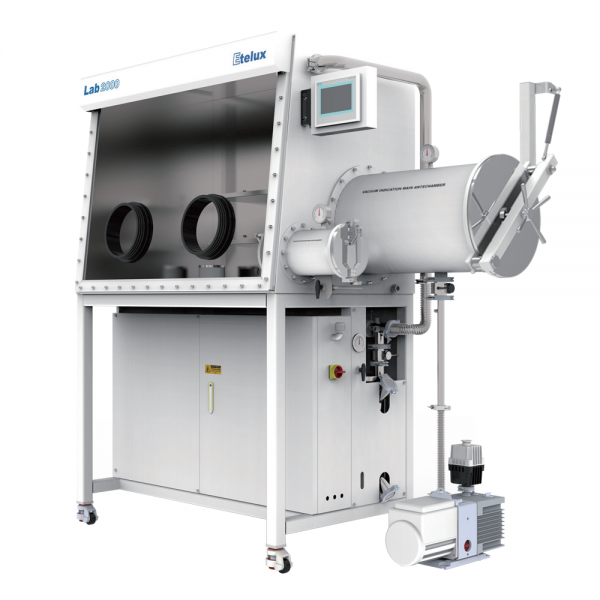
- Functional Characteristics
- High vacuum compatibility: The design of KF25 bellows ensures extremely low gas leakage rate, which is suitable for constructing and maintaining high or ultra-high vacuum environments, which is crucial for semiconductor chip manufacturing, optical lens coating and other processes. 2. Shock absorbing function: Through the elastic deformation of the corrugated structure, the bellows is capable of absorbing vibrations generated by pumps or other equipment during operation, and avoiding vibrations from being transmitted to the whole system. This protects the precision equipment and improves the accuracy of the experiment.3. Displacement compensation: When the relative displacement between the pipes is caused by temperature change or slight movement of the equipment, the bellows can compensate for it through its own expansion and deformation to maintain the sealing and stability of the system.4. Easy to install and maintain: With the quick-fit design of the KF connector, it makes the bellows easy to be installed and disassembled quickly and easily, and no special tools are needed, which reduces the cost and time of the maintenance. Reduce maintenance cost and time.
3、Application range
KF25 bellows is widely used in the following fields:
- Scientific research: in the field of physics, chemistry, material science, etc., for the connection of various equipment in vacuum laboratories.
- Semiconductor manufacturing: in wafer processing, photolithography, encapsulation, etc., to ensure a high vacuum environment in the clean room.
- Photovoltaic industry: Highly pure vacuum environment is required during the manufacturing and testing of LEDs, lasers and other devices.
- Solar cell manufacturing: for vacuum system connection in vacuum deposition, PVD coating and other processes.
- Analytical instruments: in the vacuum systems of high-end analytical instruments such as mass spectrometers and scanning electron microscopes to ensure the accuracy of sample analysis.
4、Selection points
When choosing the right KF25 bellows, the following key factors need to be considered:
- Size matching: Confirm the interface size of the connected equipment and make sure that the inner and outer diameters of the bellows match with the flange specifications (e.g. KF25).
- Material selection: Select the appropriate grade of stainless steel based on the corrosive nature of the working environment.
- Length and Flexural Requirement: According to the actual installation distance and displacement compensation requirement, select the appropriate length of bellows, and also consider its flexural radius and compression and extension capacity.
- Working Pressure and Vacuum: Ensure that the maximum working pressure and the minimum achievable vacuum of the bellows meet the system requirements.
- Quality certification: Choose a manufacturer with quality assurance to ensure the reliability and service life of the bellows.
In summary, KF25 bellows is not only an indispensable accessory in glove boxes and other high vacuum systems, but also the key to realizing an efficient and stable vacuum environment. Correct selection and installation can not only enhance the system performance, but also effectively extend the life of the equipment to ensure the smooth running of the experiment or production.

